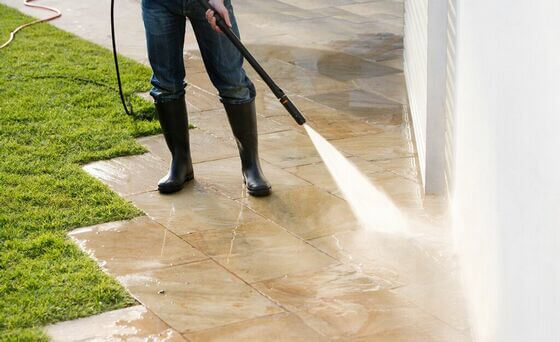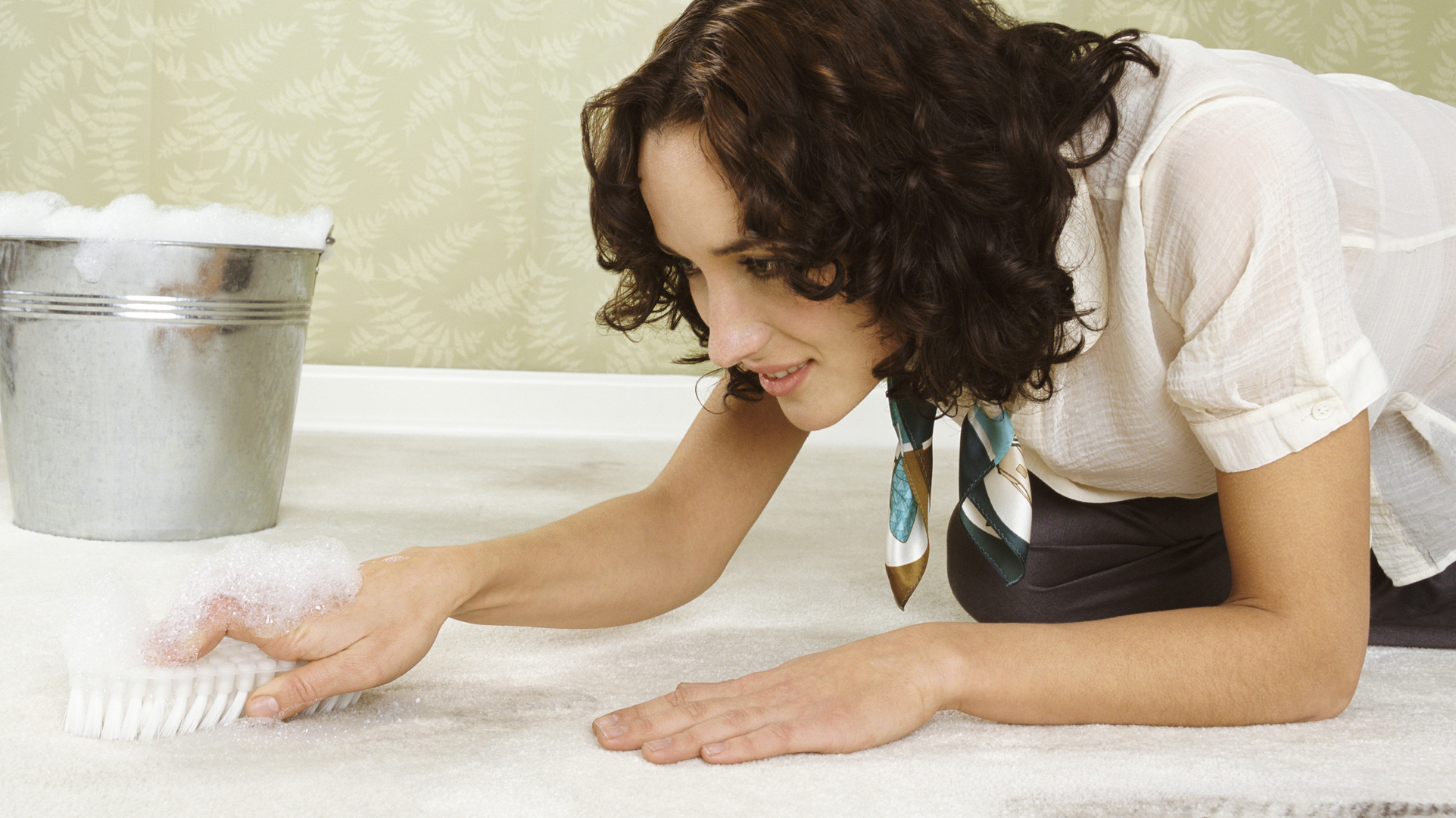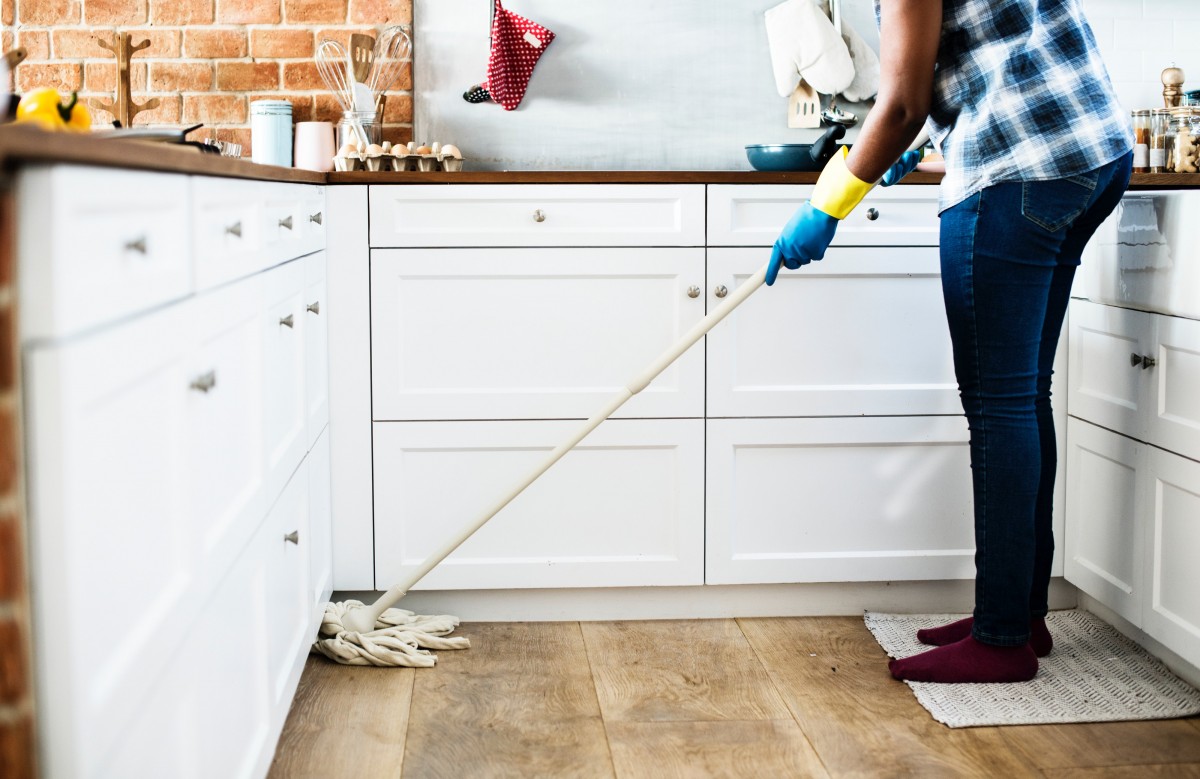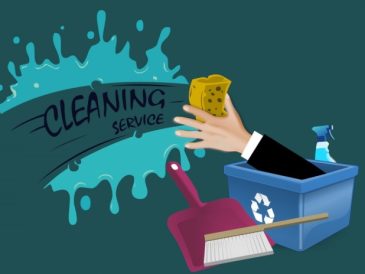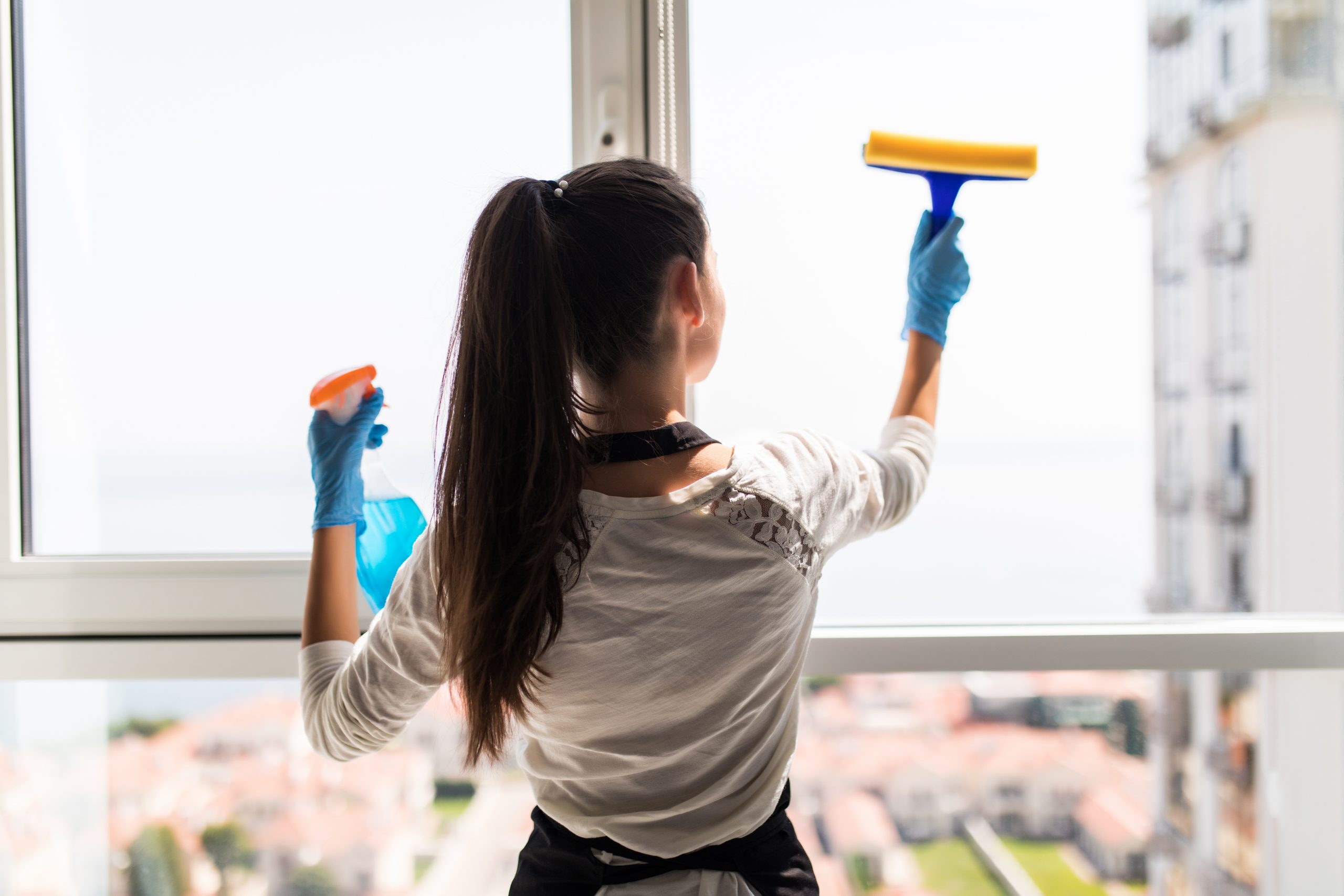You’ve built a beautiful patio, but before you can fully enjoy and show it off, the first stains, bumps, and green deposits appear. This will ruin the patio you have built. Now is the time to clean your terrace and take action!
Cleaning the terrace can be done in a variety of ways. These methods have several advantages and disadvantages, which we will discuss in detail. We will also give you tips on preventing your terrace from turning green and dirty again too soon. This way, your patio will always shine, and you can show it off to your friends and family without any problems.
The green deposits that appear in most gardens consist of moss and algae. This attack is widespread in shady, damp, or rainy areas. Furthermore, this attack can occur not only on garden and terrace paving tiles, but also on wood, garden furniture, and playground equipment.
Although green deposits on terrace tiles occur all year round, many deposits will likely happen during fall and winter’s rainy and less sunny months. Therefore, it is necessary to work on removing green deposits in spring and other seasons.
Removal of Green Deposits and Other Stains
Occasional cleaning of the terrace is inevitable. Of course, green deposits, other stains, and dirt must be removed as soon as possible. The following methods are all very suitable for this purpose.
Method 1: Brush and Blubber Your Muscles!
Vigorous brushing with a bucket of water is the best method for humans, animals, and plants! There are many remedies for removing green deposits, but arm-rolling is the most effective way to minimize damage to the soil and plants in the garden. Rubbing hard will help remove the green accretion. Plus, it can also help you get in shape!
Environmentally friendly products can make the job a little easier. The green soap method, which can be a bit time-consuming, is also effective in combination with a good scrub.
Which Brush Should I Use?
It is best to purchase an inexpensive wooden brush with a replaceable head and handle. The wooden handles are pretty sturdy as they require a lot of force. Replaceable brushes are useful because brushes wear out considerably in this operation. If you are over 6 feet tall, you may want to consider a longer handle. If you exert a lot of force with a handle that is too short, you may end up with severe back pain.
Method 2: Increase the Pressure – Cleaning the Terrace with a High-Pressure Washer
Cleaning terraces with a high-pressure washer is an environmentally friendly cleaning method because it generally uses only water. The vigorous water spray also makes cleaning terraces relatively easy, quickly removing green deposits and other debris. With this method, there is also little chance of contaminating the soil.
Unfortunately, there are also many disadvantages to cleaning terraces with a pressure washer. There is a risk of sweeping sand between tile joints. There is also the possibility that the force of the water hitting the tiles will damage them and cause them to become rougher. As a result, algae and moss can easily take hold, and green deposits can quickly return.
Therefore, before you start using a pressure washer, you should carefully consider whether the convenience and environmental benefits of a pressure washer outweigh the disadvantages.

Method 3: Cleaning with Green Soap
Green soap is also excellent for removing green stains and other stains from tiles. Spread the soap well over the entire tile and leave it overnight. Then you can rub it on the tiles. The stain and green deposit should disappear. The only drawback to this method is that some time is needed between the application of the green soap and the scrubbing. Therefore, you should allow two days. Do you really have that much time?
Then use a combination of green soap and soda. Mixing green soap, soda, and water and spreading it on a wet terrace will successfully deal with green deposits and other stains.

